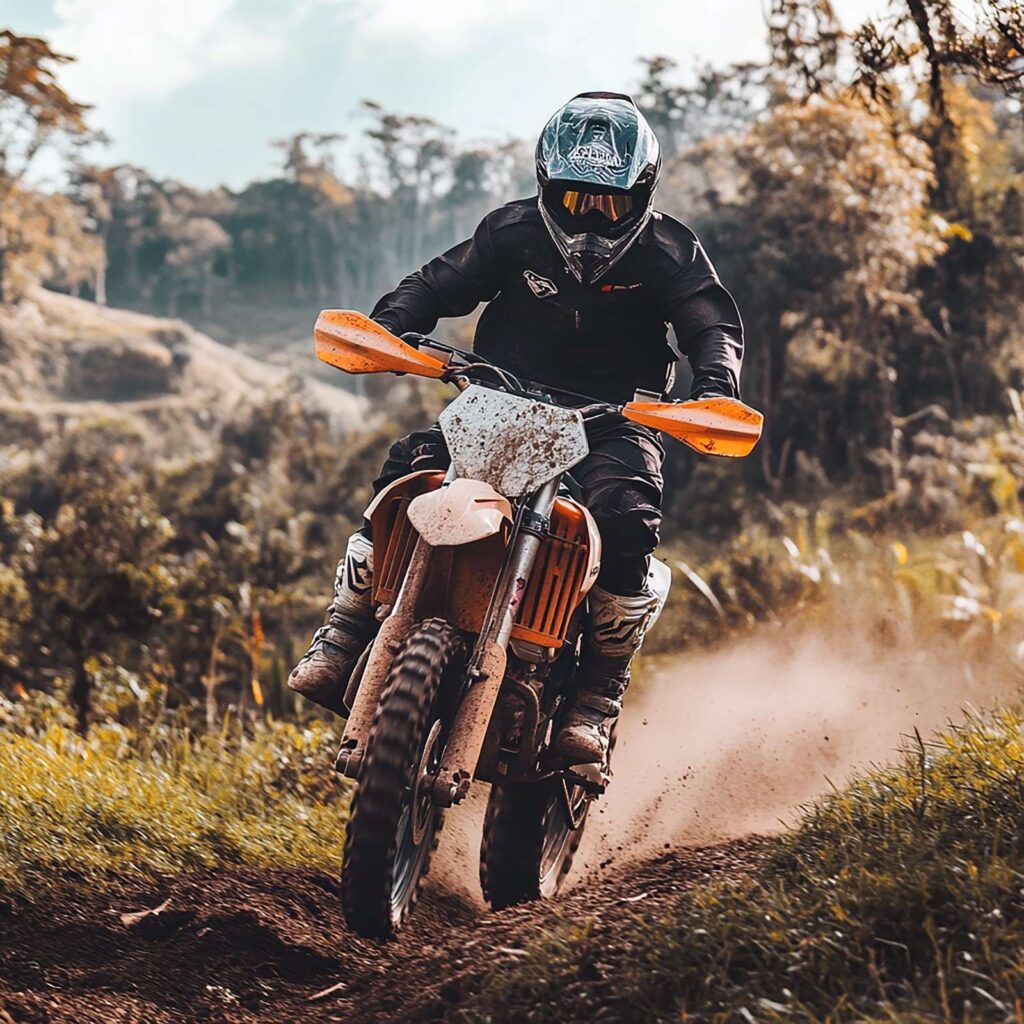Motorcycle rally stages are often some of the toughest terrains in motorsports, with riders facing a mix of sand, rocks, mud, and steep inclines. The ability to navigate these terrains efficiently is crucial to a rider’s success in rally events. Unlike traditional track racing, rally stages are typically point-to-point, and riders must follow a set route that can change depending on weather conditions or unexpected obstacles.
This blog could delve into the challenges of navigating rally stages on a motorcycle, covering the different types of terrain that riders might encounter. Sand dunes, for example, require a completely different riding technique compared to navigating through dense forest or rocky mountain paths. The blog could also discuss how riders use GPS systems and roadbooks to navigate, providing insight into the planning and strategy that goes into tackling each stage. Riders must be prepared for anything, as rally stages often throw unexpected challenges that can alter the course of the race.
1. Protective Gear: The First Line of Defense
Motorcycle rallying involves speeds, technical terrains, and unpredictable conditions, making protective gear absolutely essential. Each piece of gear plays a unique role in safeguarding riders against the inherent risks of off-road racing. Here’s a look at the most critical items:
Helmets
The helmet is the most crucial piece of protective gear, offering head protection in case of a fall or crash. Modern rally helmets are designed to be lightweight yet incredibly strong, providing riders with maximum safety without sacrificing comfort. Helmets come equipped with features like ventilation, visor protection, and advanced padding to reduce the impact of a crash.
Body Armor and Pads
Body armor includes chest protectors, back protectors, elbow and knee guards, and sometimes full suits. These items provide protection against impacts, abrasions, and punctures. In off-road rallying, where riders may frequently encounter rocky terrain, fallen obstacles, and crashes, this armor is designed to absorb the shock from falls, preventing severe injuries.
Gloves and Boots
Riding gloves are designed to offer grip and control, as well as protect the hands in the event of a fall. Rally-specific gloves feature reinforced palms, knuckle protection, and breathable materials for comfort during long rides. In addition, sturdy, well-fitted boots help protect the feet and ankles, offering support and preventing serious foot or leg injuries during falls.

Jackets and Pants
Motorcycle jackets and pants are often equipped with armor in critical areas (shoulders, elbows, knees). Additionally, they provide abrasion resistance, which is crucial for riders who may slide or skid after falling off their bikes.
In the world of motorcycle rallying, safety is a continuous effort that requires attention to detail, preparation, and the right mindset. From wearing the right protective gear to performing bike safety checks and having a solid emergency response system in place, every step is taken to minimize risks and protect the riders.
At the heart of it all is the rider’s responsibility to stay alert, recognize their limits, and compete safely—making the sport not only thrilling but sustainable in the long run. The thrill of the race is exciting, but ensuring safety for all participants should always be the top priority.
